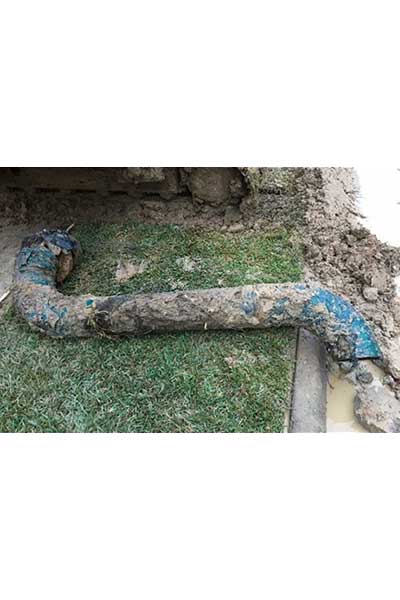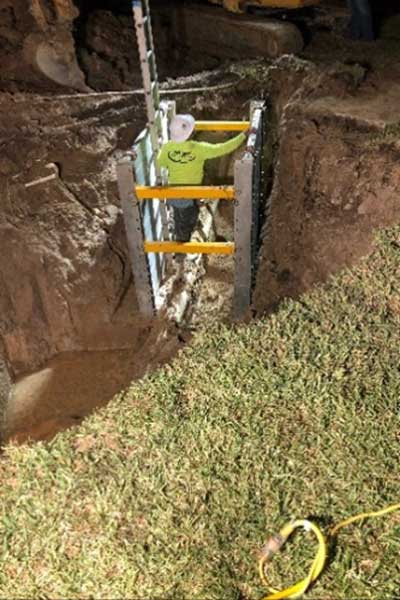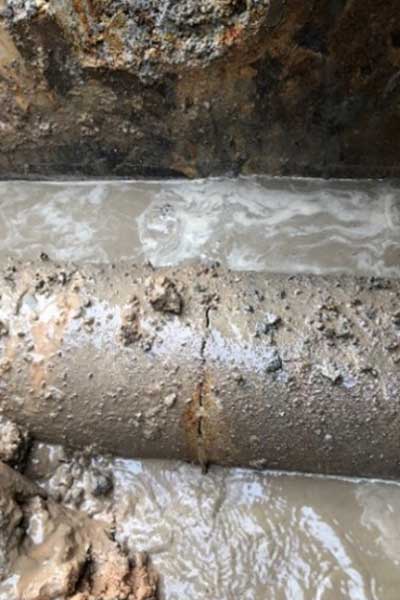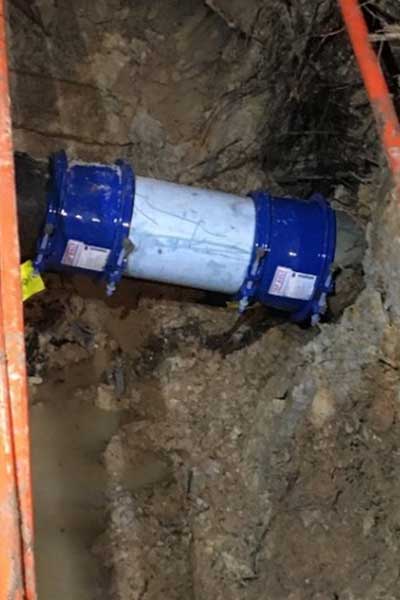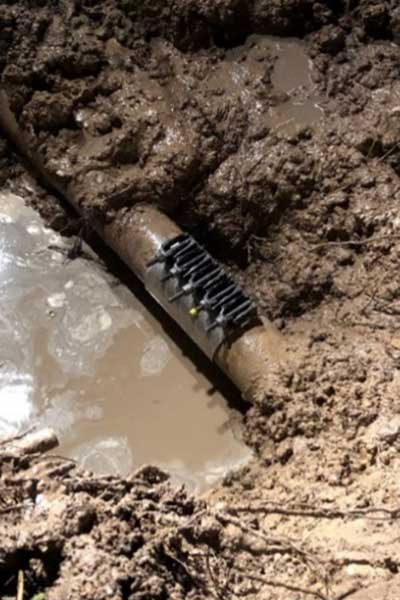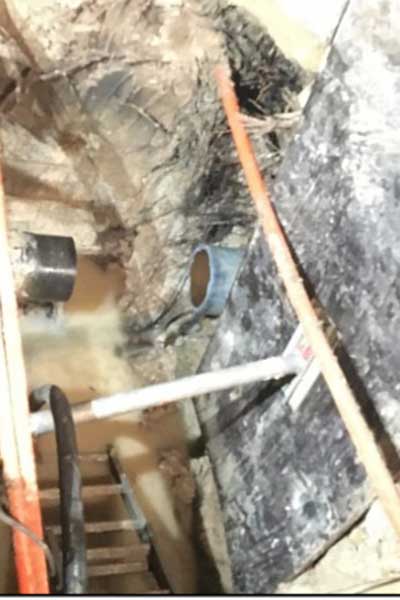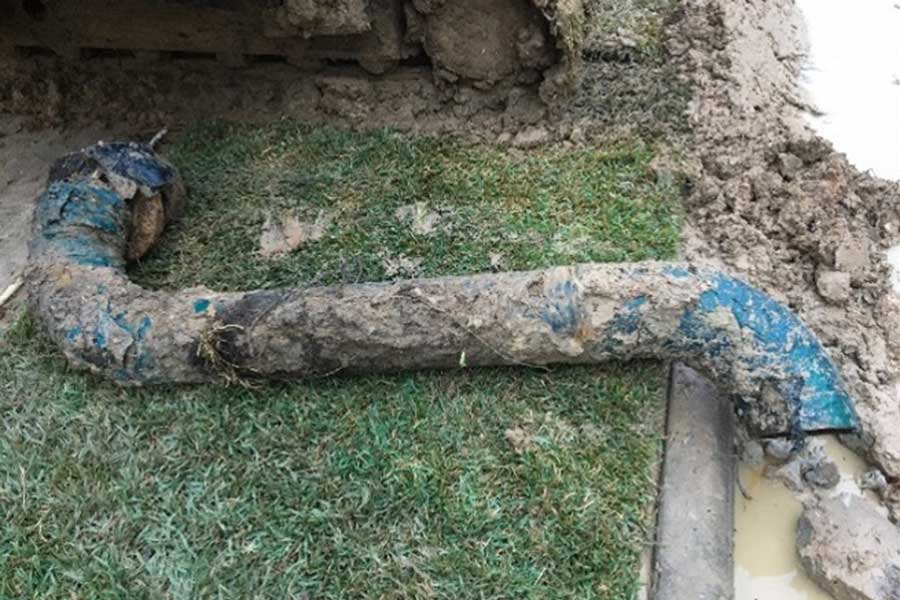Spring is in the Air
With the arrival of spring, it’s time once again to restore our yards to the lush, green spaces they once were. As you restart your sprinkler system after the winter shutdown, be sure to walk your sprinkler lines to check that all heads are functioning properly. This simple step helps prevent water waste and ensures your lawn gets the hydration it needs. Ideally, this should be done at least once a season, if not monthly. If you have a lawn service and your system runs overnight, you may not even notice a broken sprinkler head, which could lead to excessive water waste and higher costs. Remember, water rates continue to rise, largely due to charges passed on from the West Harris County Regional Water Authority (WHCRWA).
Did you know that Texas A&M recommends against daily watering? Overwatering not only leads to higher usage and expensive bills, but also creates a soggy, unhealthy lawn. Instead, apply approximately half an inch of water per session, allowing the soil to fully absorb it before drying out for a day or two. This approach promotes deep root growth, making your turf more resilient while conserving water and reducing costs.





